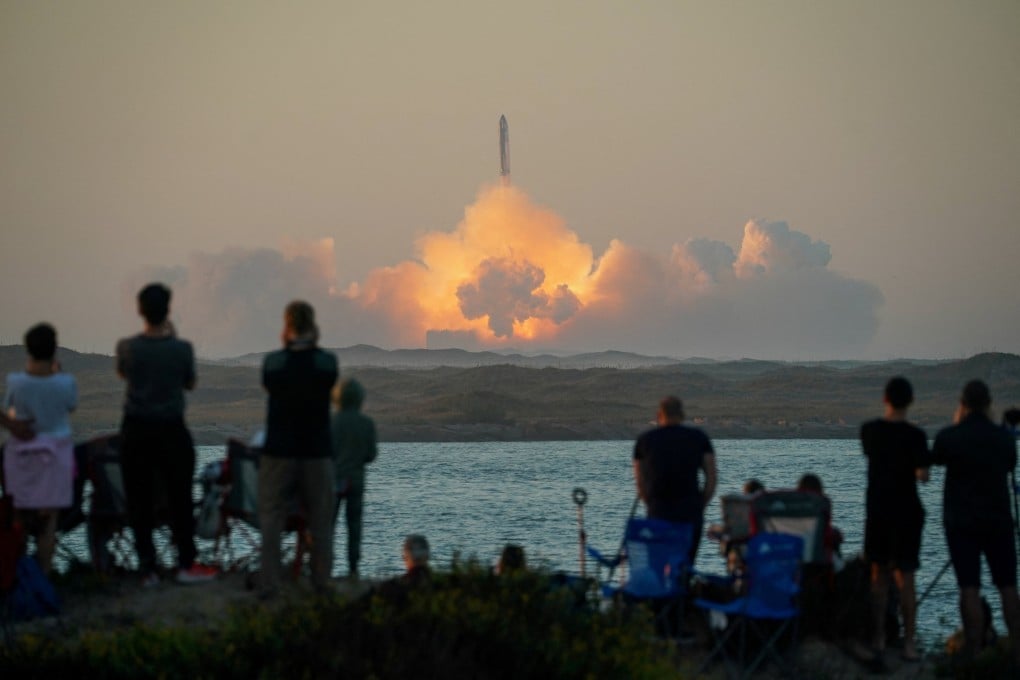Opinion | If China is worried about SpaceX, it should encourage ‘astropreneurs’ of its own
- The US company has been ferrying crew to the International Space Station and conducted test flights of the most powerful rocket ever built
- The risk-taking mentalities and deep pockets of the new space oligarchs are now a force to reckon with in space exploration

To be fair, we are not comparing like with like. SpaceX is not the US’ Nasa, Russia’s Roscosmos, the European Space Agency or the China Aerospace Science and Technology Corporation, which are nation state or collaborative nation state endeavours. SpaceX is a commercial enterprise that has far more freedom to act.
Nevertheless, since its founding in 2002, SpaceX has achieved remarkable progress over a short time. Its Dragon module, which can ferry seven passengers to the International Space Station, has already had 43 launches and made 38 visits to the station. This includes 20 reflights as the capsule itself is reusable, which considerably lowers costs.
Its latest version, Dragon 2, had its first crewed launch in May 2020. I was impressed by how it overturned expectations of what astronauts should look like. In contrast to the bulky spacesuits used in the Apollo or Space Shuttle missions, or even those of the Chinese astronauts, the crew aboard Dragon look like they are about to jump into a Formula One racing car in their sleek, white, minimalist outfits, black boots and head-hugging helmets.
Then there is the reusable Falcon 9, the first orbital class reusable rocket, and the Falcon Heavy rocket, which generates thrust equivalent to that of 18 jumbo jets from engines. Falcon Heavy can lift about 64 tonnes into orbit.

